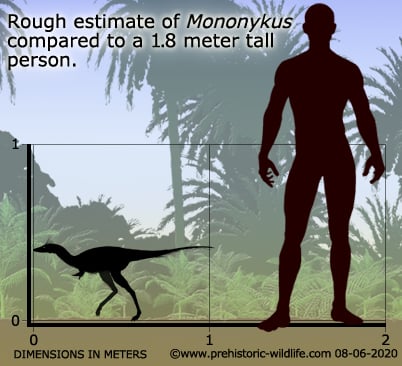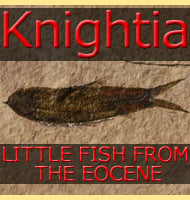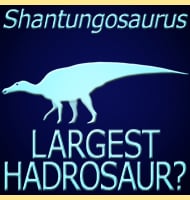In Depth
Mononykus has a close relationship with another genus of alvarezsaur named Shuvuuia in that many of the fossils once attributed to Mononykus olecranus were found to be of a distinct genus, and these were moved to their own genus named Shuvuuia. Hence many of the older reconstruction and information resources about Mononykus are actually referencing fossil remains that now belong to Shuvuuia. On a quick side note, Mononykus was also originally named as Mononychus, but it was quickly realised that this name was pre-occupied by a genus of beetle, hence the spelling change to Mononykus.
The name Mononykus is a reference to the enlarged thumb claw that in the holotype specimen of Mononykus is seven and a half centimetres long. Although not known for certain for Mononykus, relative genera like Shuvuuia have been proven to have had at least a primitive feather covering over their bodies, and it’s plausible that Mononykus may have also had this covering.
Potential threats to Mononykus may include dromaeosaurids like Adasaurus, and troodonts like Zanabazar.
Further Reading
- Correction: Flightless bird from the Cretaceous of Mongolia. - Nature 363:188 - A. Perle, M. A. Norell, L. M. Chiappe & J. M. Clark - 1993. - The skull of a relative of the stem-group bird Mononykus. - Nature, 392: 275–278. - Chiappe, Norell & Clarke - 1998. - Beta-keratin specific immunological reactivity in feather-like structures of the Cretaceous alvarezsaurid, Shuvuuia deserti. - Journal of Experimental Zoology (Mol Dev Evol), 285: 146-157. - M. H. Schweitzer, J.A. Watt, R. Avci, L. Knapp, L. Chiappe, M. Norell & M. Marshall - 1999. - Function in the stunted forelimbs of Mononykus olecranus (Theropoda), a dinosaurian anteater. - Paleobiology Vol. 31, No. 3 pp. 373–381.- P. Senter - 2005.










